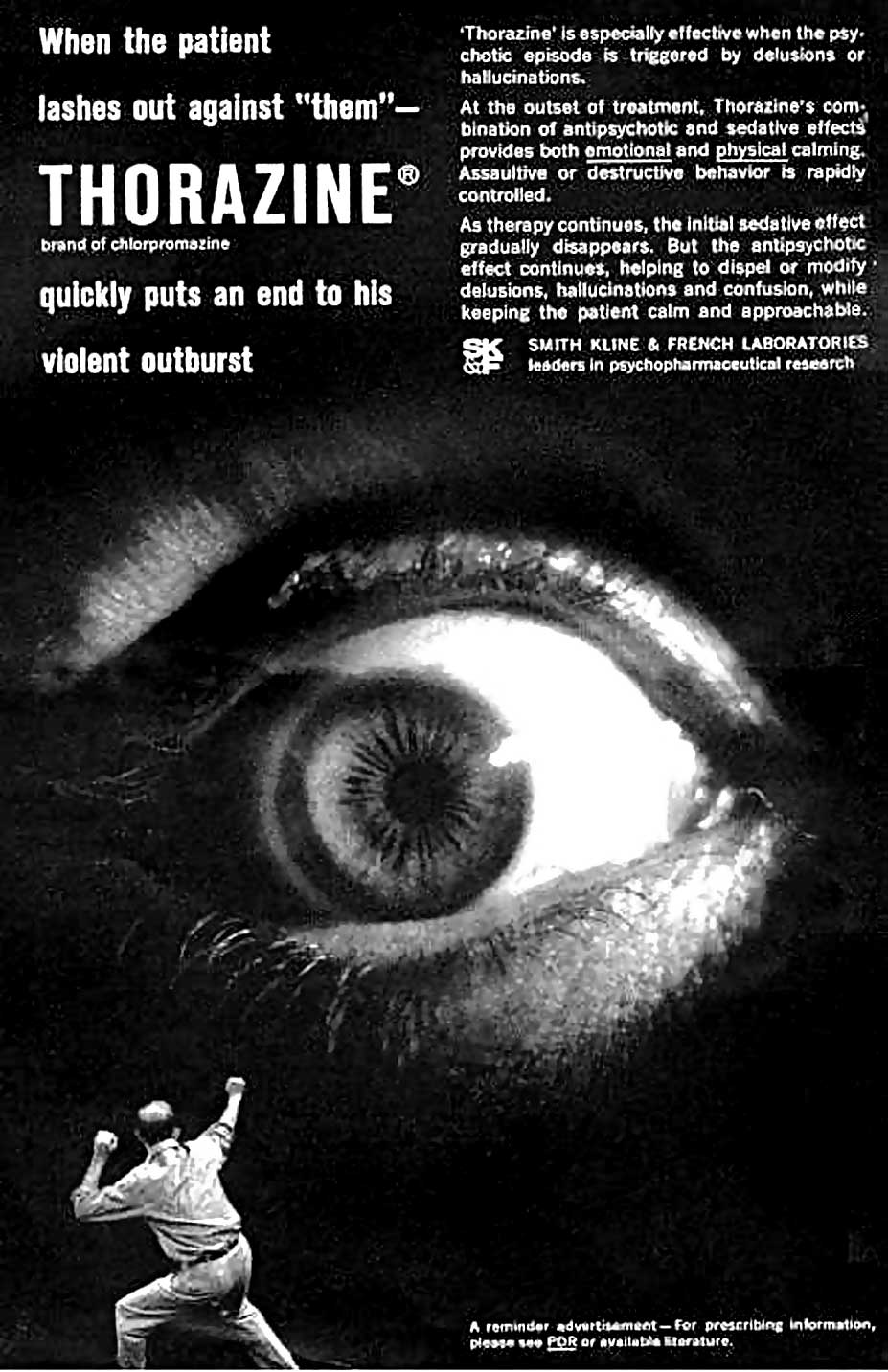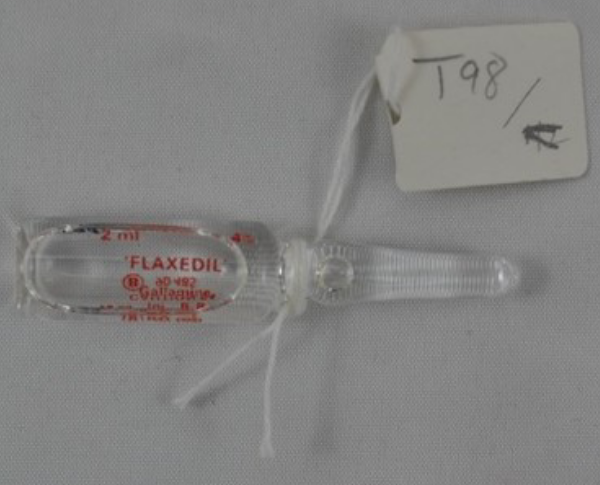|
Muscarinic Acetylcholine Receptor M2
The muscarinic acetylcholine receptor M2, also known as the cholinergic receptor, muscarinic 2, is a muscarinic acetylcholine receptor that in humans is encoded by the ''CHRM2'' gene. Multiple alternatively spliced transcript variants have been described for this gene. Function Heart The M2 muscarinic receptors are located in the heart, where they act to slow the heart rate down to normal sinus rhythm after negative stimulatory actions of the parasympathetic nervous system, by slowing the speed of depolarization. They also reduce contractile forces of the atrial cardiac muscle, and reduce conduction velocity of the atrioventricular node (AV node). However, they have little effect on the contractile forces of the heart ventricle, ventricular muscle, slightly decreasing force. IQ A Dutch family study "a highly significant association" between the ''CHRM2'' gene In biology, the word gene (from , ; "...Wilhelm Johannsen coined the word gene to describe the Mendelia ... [...More Info...] [...Related Items...] OR: [Wikipedia] [Google] [Baidu] |
Muscarinic Acetylcholine Receptor
Muscarinic acetylcholine receptors, or mAChRs, are acetylcholine receptors that form G protein-coupled receptor complexes in the cell membranes of certain neurons and other cells. They play several roles, including acting as the main end-receptor stimulated by acetylcholine released from postganglionic fibers in the parasympathetic nervous system. Muscarinic receptors are so named because they are more sensitive to muscarine than to nicotine. Their counterparts are nicotinic acetylcholine receptors (nAChRs), receptor ion channels that are also important in the autonomic nervous system. Many drugs and other substances (for example pilocarpine and scopolamine) manipulate these two distinct receptors by acting as selective agonists or antagonists. Function Acetylcholine (ACh) is a neurotransmitter found in the brain, neuromuscular junctions and the autonomic ganglia. Muscarinic receptors are used in the following roles: Recovery receptors ACh is always used as the neur ... [...More Info...] [...Related Items...] OR: [Wikipedia] [Google] [Baidu] |
AFDX-384
AFDX-384 (BIBN-161) is a drug which acts as a selective antagonist of the muscarinic acetylcholine receptors, with selectivity for the M2 and M4 subtypes. It is used mainly for mapping the distribution of M2 and M4 muscarinic receptors in the brain, and studying their involvement in the development and treatment of dementia and schizophrenia. See also * Pirenzepine Pirenzepine (Gastrozepin), an M1 selective antagonist, is used in the treatment of peptic ulcers, as it reduces gastric acid secretion and reduces muscle spasm. It is in a class of drugs known as muscarinic receptor antagonists - acetylchol ... (M1 selective antagonist) References {{Muscarinic acetylcholine receptor modulators Muscarinic antagonists Piperidines Ureas Benzodiazepines Pyridodiazepines ... [...More Info...] [...Related Items...] OR: [Wikipedia] [Google] [Baidu] |
Thorazine
Chlorpromazine (CPZ), marketed under the brand names Thorazine and Largactil among others, is an antipsychotic medication. It is primarily used to treat psychotic disorders such as schizophrenia. Other uses include the treatment of bipolar disorder, severe behavioral problems in children including those with attention deficit hyperactivity disorder, nausea and vomiting, anxiety before surgery, and hiccups that do not improve following other measures. It can be given orally (by mouth), by intramuscular injection (injection into a muscle), or intravenously (injection into a vein). Chlorpromazine is in the typical antipsychotic class, and, chemically, is one of the phenothiazines. Its mechanism of action is not entirely clear but believed to be related to its ability as a dopamine antagonist. It also has anti-serotonergic and antihistaminergic properties. Common side effects include movement problems, sleepiness, dry mouth, low blood pressure upon standing, and increased we ... [...More Info...] [...Related Items...] OR: [Wikipedia] [Google] [Baidu] |
Oxybutynin
Oxybutynin, sold as under the brand names Ditropan among others, is a medication used to treat overactive bladder. It works similar to tolterodine, Darifenacin, and Solifenacin. While used for bed wetting in children, evidence to support this use is poor. It is taken by mouth or applied to the skin. Common side effects include dry mouth, constipation, dizziness, trouble sleeping, and urinary tract infections. Serious side effects may include urinary retention and an increased risk of heat stroke. Use in pregnancy appears safe but has not been well studied while use in breastfeeding is of unclear safety. It is an antimuscarinic and works by blocking the effects of acetylcholine on smooth muscle. Oxybutynin was approved for medical use in the United States in 1975. It is available as a generic medication. In 2020, it was the 97th most commonly prescribed medication in the United States, with more than 7million prescriptions. Medical use The immediate and slow release ve ... [...More Info...] [...Related Items...] OR: [Wikipedia] [Google] [Baidu] |
Otenzepad
Otenzepad is a competitive muscarinic receptor antagonist that is relatively selective at the M2 receptor. It was investigated as a treatment for arrhythmia and bradycardia due to its cardioselectivity but research ceased after stage III clinical trials. The drug was originally developed by the German pharmaceutical company, Boehringer Ingelheim Pharma KG. Pharmacodynamics The (+)-enantiomer has 8 times greater potency at the M2 receptor than the (-)-enantiomer. See also *Muscarinic antagonist *Antiarrhythmic agent Antiarrhythmic agents, also known as cardiac dysrhythmia medications, are a group of pharmaceuticals that are used to suppress abnormally fast rhythms ( tachycardias), such as atrial fibrillation, supraventricular tachycardia and ventricular ta ... References {{ref list Pyridobenzodiazepines Piperidines Tertiary amines ... [...More Info...] [...Related Items...] OR: [Wikipedia] [Google] [Baidu] |
Methoctramine
Methoctramine is a polymethylene tetraamine that acts as a muscarinic antagonist. It preferentially binds to the pre-synaptic receptor M2, a muscarinic acetylcholine ganglionic protein complex present basically in heart cells. In normal conditions -absence of methoctramine-, the activation of M2 receptors diminishes the speed of conduction of the sinoatrial and atrioventricular nodes thus reducing the heart rate. Thanks to its apparently high cardioselectivity, it has been studied as a potential parasymphatolitic drug, particularly against bradycardia. However, currently it is only addressed for research purposes, since the administration to humans is still unavailable. Chemistry Mechanism of action Methoctramine has been shown to competitively antagonize muscarinic receptors, thus preventing them from binding to the neurotransmitter acetylcholine (and other agonists, such as bethanechol or berberine). At higher concentrations, allosteric properties of methoctramine have ... [...More Info...] [...Related Items...] OR: [Wikipedia] [Google] [Baidu] |
Ipratropium
Ipratropium bromide, sold under the trade name Atrovent among others, is a type of anticholinergic (SAMA: short acting muscarinic antagonist) medication which opens up the medium and large airways in the lungs. It is used to treat the symptoms of chronic obstructive pulmonary disease and asthma. It is used by inhaler or nebulizer. Onset of action is typically within 15 to 30 minutes and lasts for three to five hours. Common side effects include dry mouth, cough, and inflammation of the airways. Potentially serious side effects include urinary retention, worsening spasms of the airways, and a severe allergic reaction. It appears to be safe in pregnancy and breastfeeding. Ipratropium is a short-acting muscarinic antagonist, which works by causing smooth muscles to relax. Ipratropium bromide was patented in 1966, and approved for medical use in 1974. It is on the World Health Organization's List of Essential Medicines, the most important medicines needed in a health system. ... [...More Info...] [...Related Items...] OR: [Wikipedia] [Google] [Baidu] |
Hyoscyamine
Hyoscyamine (also known as daturine or duboisine) is a naturally occurring tropane alkaloid and plant toxin. It is a secondary metabolite found in certain plants of the family Solanaceae, including henbane, mandrake, angel's trumpets, jimsonweed, tomato, the sorcerers' tree, and deadly nightshade. It is the levorotary isomer of atropine (third of the three major nightshade alkaloids) and thus sometimes known as levo-atropine. Brand names for hyoscyamine include Symax, HyoMax, Anaspaz, Egazil, Buwecon, Cystospaz, Levsin, Levbid, Levsinex, Donnamar, NuLev, Spacol T/S, and Neoquess. Uses Hyoscyamine is used to provide symptomatic relief of spasms caused by various lower abdominal and bladder disorders including peptic ulcers, irritable bowel syndrome, diverticulitis, pancreatitis, colic, and interstitial cystitis. It has also been used to relieve some heart problems, control some of the symptoms of Parkinson's disease, as well as for control of abnormal respiratory symptoms and " ... [...More Info...] [...Related Items...] OR: [Wikipedia] [Google] [Baidu] |
Gallamine
Gallamine triethiodide (Flaxedil) is a non-depolarising muscle relaxant. It acts by combining with the cholinergic receptor sites in muscle and competitively blocking the transmitter action of acetylcholine. Gallamine is a non-depolarising type of blocker as it binds to the acetylcholine receptor but does not have the biological activity of acetyl choline. Gallamine triethiodide has a parasympatholytic effect on the cardiac vagus nerve, which causes tachycardia and occasionally hypertension. Very high doses cause histamine release. Gallamine triethiodide is commonly used to stabilize muscle contractions during surgical procedures. It was developed by Daniel Bovet in 1947. The pharmaceutical is no longer marketed in the United States, according to the FDA Orange Book. See also * Neuromuscular-blocking drug * Curare Curare ( /kʊˈrɑːri/ or /kjʊˈrɑːri/; ''koo-rah-ree'' or ''kyoo-rah-ree'') is a common name for various alkaloid arrow poisons originating from plan ... [...More Info...] [...Related Items...] OR: [Wikipedia] [Google] [Baidu] |
Diphenhydramine
Diphenhydramine (DPH) is an antihistamine and sedative mainly used to treat allergies, insomnia, and symptoms of the common cold. It is also less commonly used for tremor in parkinsonism, and nausea. It is taken by mouth, injected into a vein, injected into a muscle, or applied to the skin. Maximal effect is typically around two hours after a dose, and effects can last for up to seven hours. Common side effects include sleepiness, poor coordination and an upset stomach. Its use is not recommended in young children or the elderly. There is no clear risk of harm when used during pregnancy; however, use during breastfeeding is not recommended. It is a first generation H1-antihistamine and ethanolamine and works by blocking certain effects of histamine, which produces its antihistamine and sedative effects. Diphenhydramine is also a potent anticholinergic, which means it also works as a deliriant at higher than recommended doses as a result. Its sedative and deliriant effects ... [...More Info...] [...Related Items...] OR: [Wikipedia] [Google] [Baidu] |
Dimethindene
Dimetindene , also sold under the brand name Fenistil, is an antihistamine/anticholinergic. It is a first generation selective H1 antagonist. Dimetindene is an atypical first generation H1 antagonist as it only minimally passes across the blood–brain barrier. Dimetindene is also an M2 receptor antagonist. It was patented in 1958 and came into medical use in 1960. Medical use Dimetindene is used orally and topically as an antipruritic. It is used topically to treat skin irritations, such as insect bites. Dimetindene is also administered orally to treat allergies, such as hay fever. It is commonly formulated as its maleic acid salt, dimethindene maleate. Names It is sold under the brand name Fenistil Fenistil is a brand name for some over the counter medications distributed by GlaxoSmithKline and Novartis. Products include: * Fenistil Gel, containing dimetindene * Fenistil Cold Sore Cream, containing penciclovir * FeniHydrocort, containing cort ... among others. Refe ... [...More Info...] [...Related Items...] OR: [Wikipedia] [Google] [Baidu] |
Dimenhydrinate
Dimenhydrinate, sold under the brand name Dramamine, among others, is an over-the-counter drug used to treat motion sickness and nausea. Dimenhydrinate is a theoclate salt composed of diphenhydramine, an ethanolamine derivative, and 8-chlorotheophylline, a chlorinated theophylline derivative, in a 1:1 ratio. Medical uses Nausea Dimenhydrinate is an over-the-counter (OTC) antihistamine indicated for the prevention and relief of nausea and vomiting from a number of causes. It is an H1 receptor antagonist that demonstrates anticholinergic activity. Medicinal chemistry Diphenhydramine is the primary constituent of dimenhydrinate and dictates the primary effect. The main difference relative to pure diphenhydramine is a lower potency due to being combined with 8-chlorotheophylline. By weight, dimenhydrinate is between 53% to 55.5% diphenhydramine. Side effects Common side effects may include: *Drowsiness *Dry mouth, nose, or throat *Constipation *Blurred vision *Feeling restl ... [...More Info...] [...Related Items...] OR: [Wikipedia] [Google] [Baidu] |




.jpg)